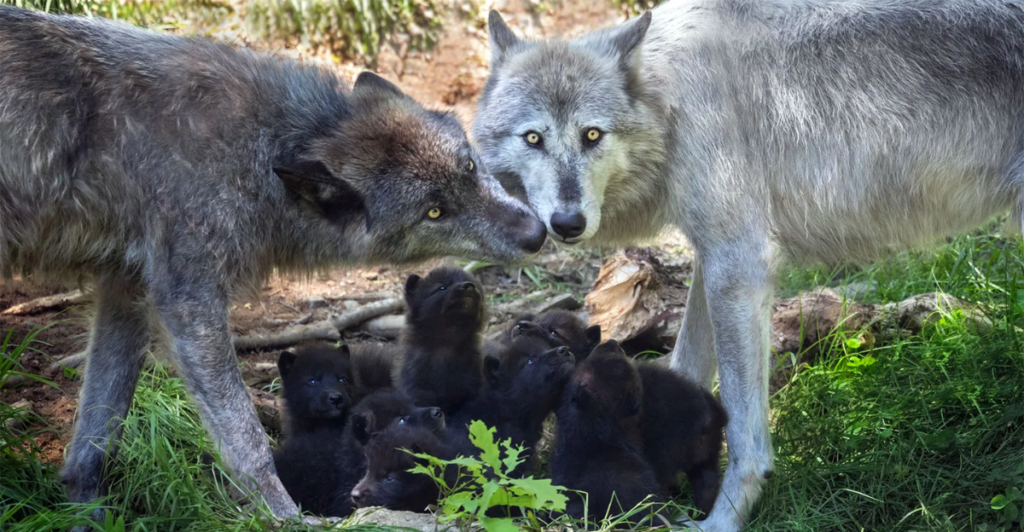
In the animal kingdom, survival often depends on defending resources, mates, and territory. Some species take this to the extreme, enforcing a strict “zero-tolerance immigration policy” against outsiders. Whether through aggressive patrols, scent marking, or outright combat, these animals ensure that intruders are swiftly dealt with.
1. Chimpanzees

Chimpanzees are very organized and territorial. Males will often form patrol groups and monitor the boundaries of their territory, ensuring that neighboring groups do not invade their space. They can be very aggressive, often launching preemptive attacks on neighboring groups that can result in fatalities. This behavior is driven by competition for resources, particularly food and potential mates.
2. Meerkats
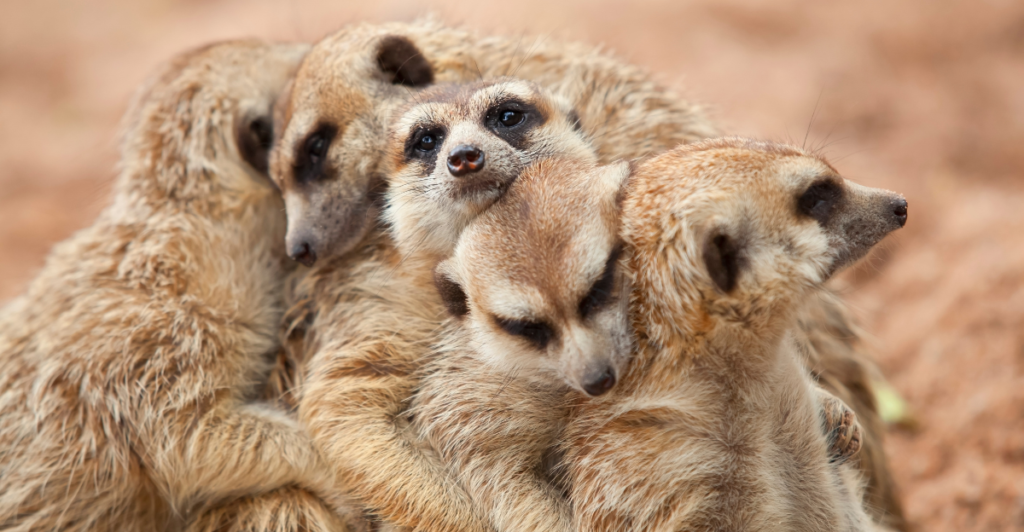
Meerkats live in structured groups of about 20 individuals called mobs or gangs. They are fiercely territorial and have defined boundaries which they defend vigorously. They have specialized scent glands beneath their tails, which they use to mark rocks, plants, and other landmarks around their territory. When neighboring groups enter their territory, it usually results in violent confrontations that lead to serious injuries or even deaths.
3. Argentine Ants

Argentine Ants form supercolonies that can often span over thousands of kilometers. Ants in the same colony see each other as nestmates and live together peacefully, but they are very aggressive towards ants from other colonies. When they encounter foreign ants, they attack immediately, often overwhelming and killing intruders in their colonies.
4. Wolves

Wolf packs live in exclusive territories that can range anywhere between 50 to 1,000 square miles. They use scent markings and vocalizations, like howls, to establish and defend their territories. When individuals from other packs invade their territory, they will attack and kill them.
5. Clownfish
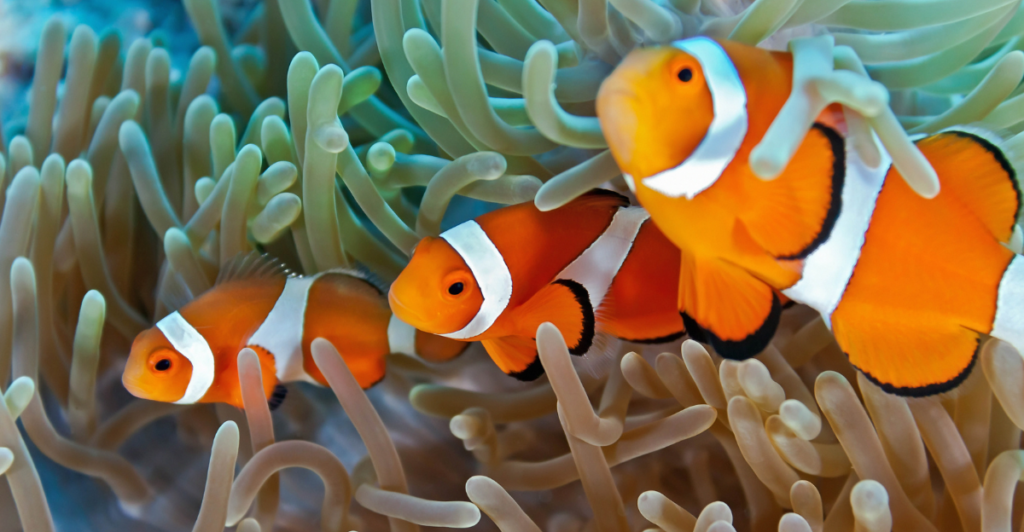
Clownfish are famous for having a unique symbiotic relationship with sea anemones. While the sea anemones protect them from predators and provide food scraps, clownfish use their bright colors to lure into the anemone. Clownfish aggressively defend their host anemone from introducers and will chase, bite, and even kill fish that get too close.
6. Beavers
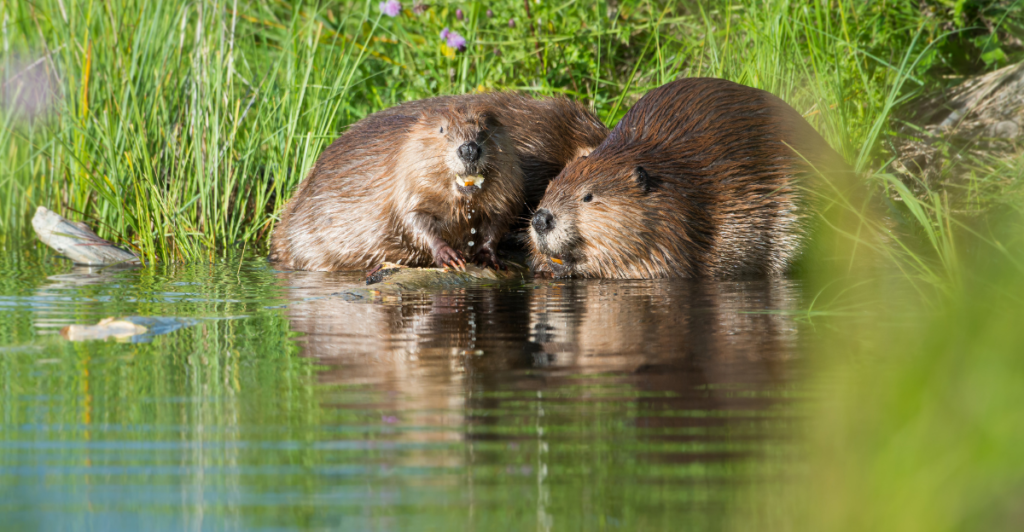
Beaver families, which usually consist of a monogamous pair and their offspring, are extremely territorial. They use scent mounds to deter other beavers. But when intruders ignore these warnings and invade their territories, they will use their powerful teeth and tails as weapons, injuring and sometimes killing these intruders.
7. Mockingbirds
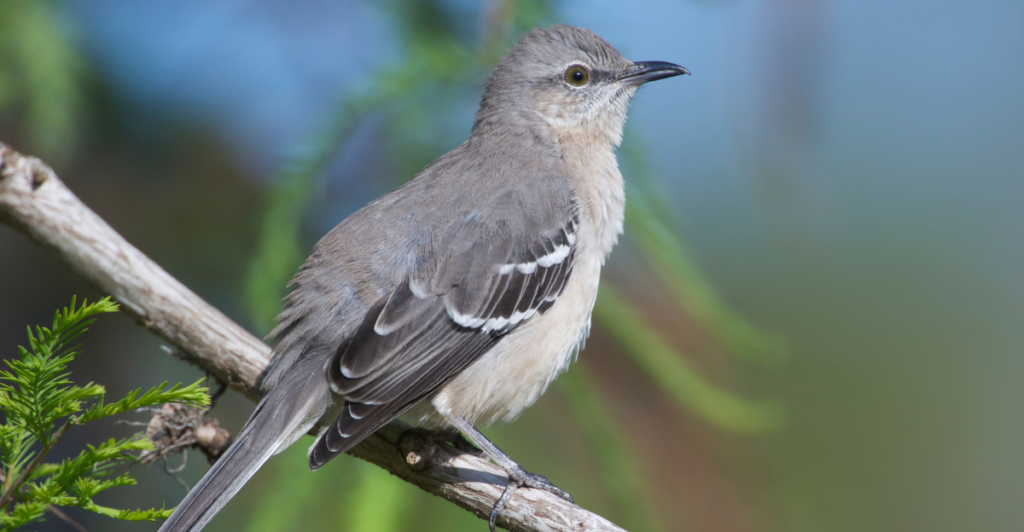
Mockingbirds, especially Northern Mockingbirds, are known for their aggressive defense of their nesting territories. During the breeding season, males will often attack any animals that enter their nesting territories, regardless of size. They have been known to attack larger animals, including humans, cats, and dogs.
8. Honey Badgers
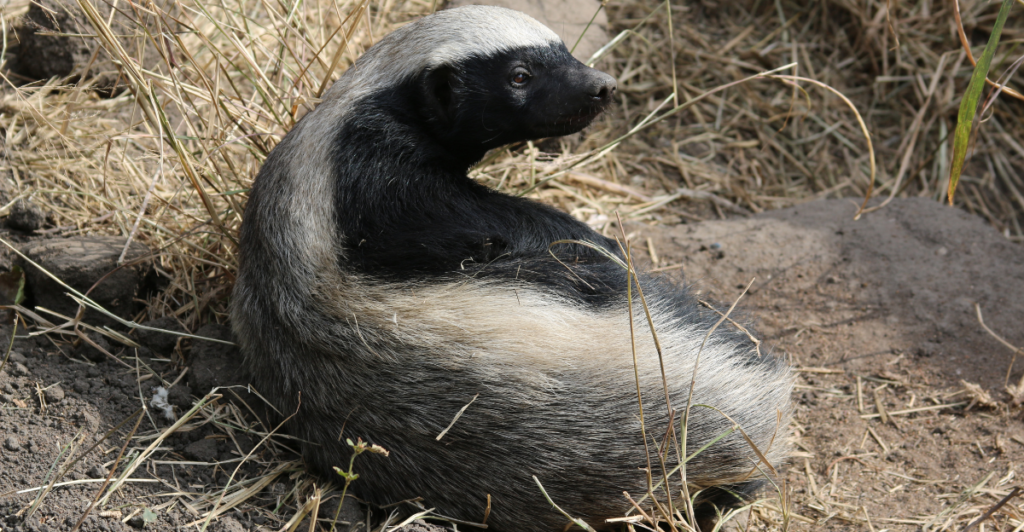
Honey Badgers are known for being fearless and extremely aggressive. These small creatures live in home ranges, where they aggressively defend against other honey badgers. When an intruder enters their territory, they will use their sharp claws and powerful jaws to inflict serious injuries, often killing each other.
9. Termites
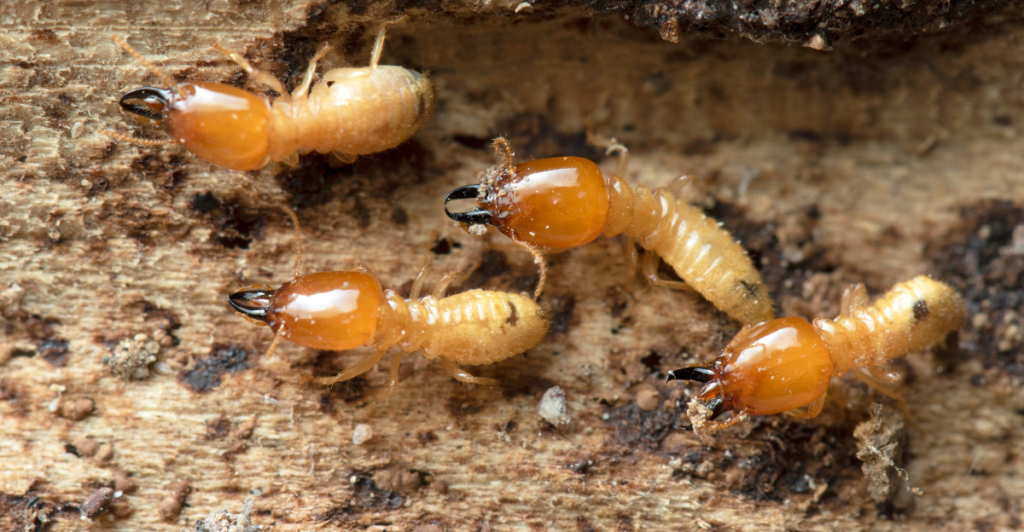
Termite colonies function as closed societies with strict caste systems. Soldier termites have enlarged mandibles designed for fighting and can also secrete defensive chemicals, which they use to defend their nests. When intruders invade their space, they attack immediately, ensuring the colony’s survival and protecting the queen. Some species even sacrifice themselves by rupturing a gland to trap enemies in a sticky substance.
10. Penguins

Penguins are known to form dense breeding colonies during the nesting season. In these colonies, each pair will defend the small territory surrounding their nest. Believe it or not, penguins can become quite aggressive when defending these spaces. They often use their beaks to peck at intruders and their flippers to slap away threats.
11. Poison Dart Frogs

Poison dark frogs might be small, but they are very territorial. Males will often maintain and defend their small territories, using a combination of vocalizations and physical displays to warn off intruders. If these warnings are ignored, they will wrestle introducers by grappling and trying to pin them down.
12. Fiddler Crabs
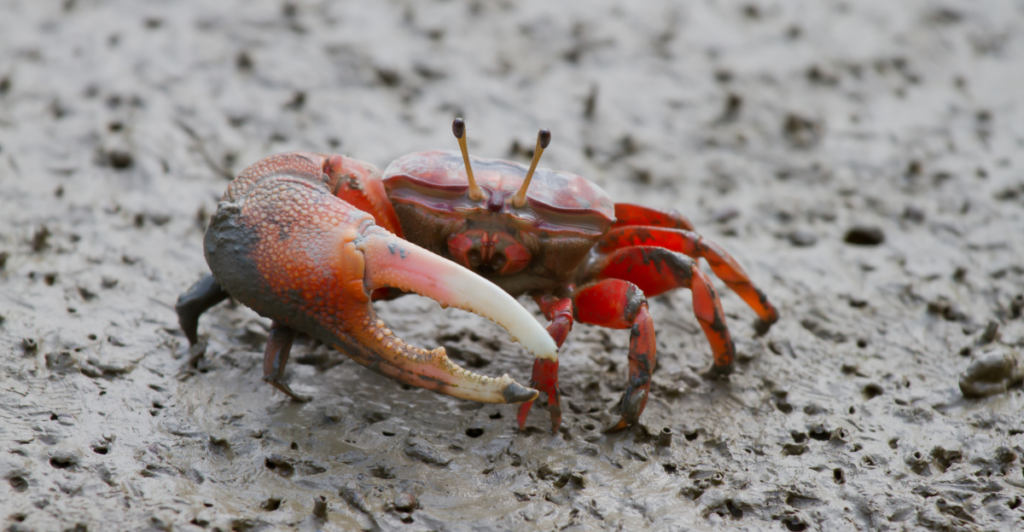
Male fiddler crabs are known for having oversized claws, which they use for courtship displays and territorial defense. Each male defends a small territory on the beach, typically centered around a burrow. When other males invade their territory, they will use their large claws to attack them.
Discover more of our trending stories and follow us to keep them appearing in your feed

9 Animals That Share the Most DNA With Humans
The Bird Behind Modern History’s Worst Die-Off May Never Recover
The 12 Most Popular Cat Names of 2024
12 Dog Breeds That Are All Love And No Bite
This article first appeared here
Stay connected with us for more stories like this! Follow us to get the latest updates or hit the Follow button at the top of this article, and let us know what you think by leaving your feedback below. We’d love to hear from you!







